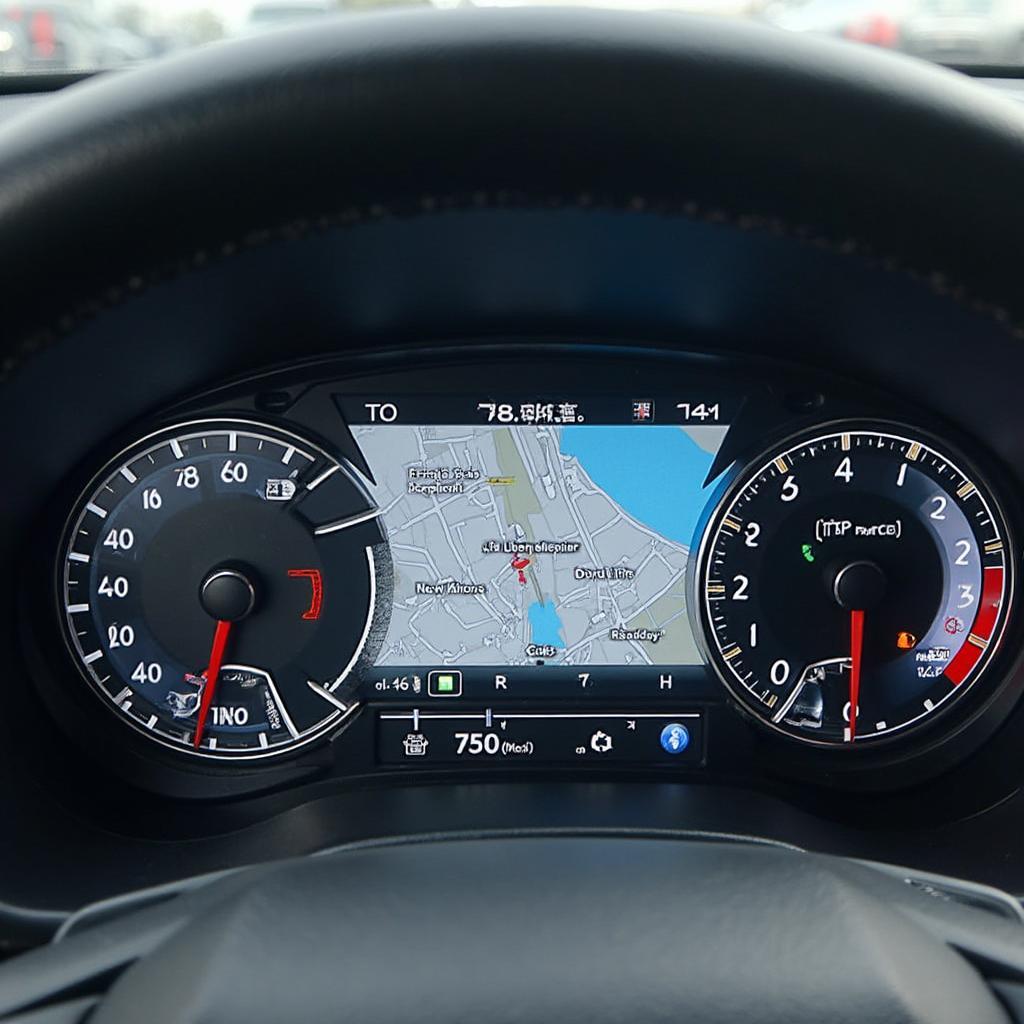Finding the best OBD2 scanner with TPMS function can feel like navigating a minefield of technical jargon and overwhelming options. But don’t worry, we’re here to help! This guide will walk you through everything you need to know about OBD2 scanners with TPMS functionality, from what they are and how they work to the key features to consider before making a purchase.
Understanding OBD2 Scanners and TPMS
Before diving into the specifics, let’s clarify what OBD2 scanners and TPMS are and how they work in tandem:
OBD2 Scanners: These handy devices plug into your vehicle’s OBD2 port (usually located under the dashboard) and act as a window into your car’s computer system. They can read and interpret diagnostic trouble codes (DTCs), providing valuable insights into your engine’s health, emissions system, and more.
TPMS (Tire Pressure Monitoring System): This safety system constantly monitors the air pressure in your tires, alerting you if any of them are significantly underinflated. Properly inflated tires are crucial for optimal fuel efficiency, handling, and overall safety on the road.
OBD2 Scanners with TPMS Function: Now, imagine the power of combining these two systems. An OBD2 scanner with TPMS function not only reads your car’s general diagnostics but also delves into the TPMS module, giving you a comprehensive overview of your tire pressure status. This includes:
- Real-time tire pressure readings: Know exactly what’s going on with each tire at any given moment.
- Temperature readings: Identify potential tire overheating issues before they escalate.
- TPMS sensor IDs: Easily identify faulty sensors that might need replacement.
- TPMS reset function: Reset the system after tire rotations or replacements.
 OBD2 Scanner with TPMS Display
OBD2 Scanner with TPMS Display
Why You Need an OBD2 Scanner with TPMS Function
Investing in an OBD2 scanner with TPMS functionality offers a range of benefits:
- Enhanced Safety: By monitoring your tire pressure accurately, you can prevent dangerous blowouts and ensure optimal vehicle handling.
- Improved Fuel Efficiency: Underinflated tires create more rolling resistance, forcing your engine to work harder and consume more fuel. A TPMS-equipped scanner helps you maintain ideal tire pressure, leading to significant fuel savings over time.
- Prolonged Tire Life: Driving with improperly inflated tires leads to uneven wear and tear, shortening their lifespan. Regular TPMS checks help you get the most out of your tires.
- Cost Savings: Identifying and addressing tire pressure issues early on can save you from costly repairs and replacements down the line.
- DIY Diagnostics: Take control of your vehicle’s maintenance and avoid expensive trips to the mechanic for simple tire pressure checks and TPMS resets.
Key Features to Consider
Choosing the right OBD2 scanner with TPMS function depends on your specific needs and budget. Here are some crucial factors to keep in mind:
- Vehicle Compatibility: Ensure the scanner you choose is compatible with your car’s make, model, and year.
- TPMS Coverage: Some scanners offer basic TPMS readings, while others provide more advanced features like sensor IDs and reset capabilities.
- Ease of Use: Opt for a scanner with a user-friendly interface, intuitive menus, and clear instructions.
- Display: A clear, backlit display makes it easy to read the scanner’s data in various lighting conditions.
- Additional Features: Consider scanners with extra features like live data streaming, code clearing, and compatibility with smartphone apps for enhanced functionality.
Choosing the Right Scanner for You
With a plethora of options available, it’s crucial to select an OBD2 scanner with TPMS function that aligns with your needs and budget. Here’s a simple breakdown:
- Basic Users: For casual car owners seeking basic TPMS readings and resets, an entry-level scanner with a user-friendly interface and affordable price tag will suffice.
- Enthusiasts: If you enjoy DIY car maintenance and want more detailed TPMS information like sensor IDs and live data, consider mid-range scanners with advanced features.
- Professionals: Mechanics and professional technicians require high-end scanners with comprehensive TPMS coverage, diagnostic capabilities, and compatibility with various vehicle makes and models.
Common Questions about OBD2 Scanners with TPMS Function
Here are answers to some frequently asked questions:
Q: Can I use any OBD2 scanner to check TPMS?
A: No, not all OBD2 scanners support TPMS functions. You need a scanner specifically designed to access and interpret TPMS data.
Q: How accurate are the TPMS readings from an OBD2 scanner?
A: OBD2 scanners with TPMS functionality provide accurate readings that are generally consistent with the data from your vehicle’s built-in TPMS system.
Q: Can I reset the TPMS light using an OBD2 scanner?
A: Yes, many OBD2 scanners with TPMS capabilities allow you to reset the TPMS light after tire rotations, replacements, or sensor adjustments.
Conclusion
An OBD2 scanner with TPMS function is an invaluable tool for any car owner looking to enhance safety, improve fuel efficiency, and extend the life of their tires. By understanding the key features and choosing a scanner that aligns with your needs, you can take control of your vehicle’s maintenance and ensure a smoother, safer driving experience.
Need help choosing the perfect OBD2 scanner for your needs? Check out our detailed reviews and comparisons of the best obd2 scanner with live data and tpms.

